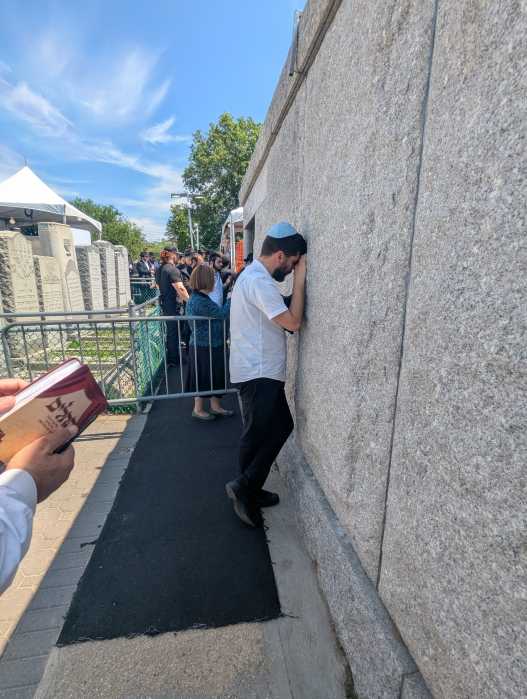By Albert Amateau and Lincoln Anderson
A State Supreme Court justice has rejected the attempt by the owner of the old P.S. 64 building in the East Village to overturn the Landmarks Preservation Commission’s granting landmark protection to the building.
In the Nov. 12 decision, Justice Shirley Werner Kornreich dismissed the argument of the building’s owner, Gregg Singer, that the former school building, completed in 1906, was ineligible for landmark designation because Singer had stripped the facade of much of its decorative ornamentation.
Kornreich said the deliberate removal of the architectural details failed to undermine the architectural significance or the historic and cultural associations of the school building at 605 E. Ninth St. just east of Avenue B.
“This is the second time this year that a court has ruled in favor of the commission and against developers who tried to thwart designation by removing a building’s architectural details,” said Robert Tierney, L.P.C. chairperson.
In March, the New York State Court of Appeals, in Albany, the state’s highest court, upheld the Bloomberg administration’s decision to deny Singer a building permit to construct a 19-story college dormitory at the site.
“The commission looks at a building in its totality when determining whether it should be given landmark designation,” Tierney said. “Property owners ought to think twice before removing a building’s architectural details to thwart landmarks designation.”
Singer purchased the building — then still the CHARAS/El Bohio cultural and community center — for more than $3 million in 1998 at an auction of city-owned property.
In June 2006 the community and former Councilmember Margarita Lopez succeeded in getting the city to landmark the old school, of which Yip Harburg, who wrote the lyrics to “Somewhere Over the Rainbow,” was just one of a number of alumni who made it big in show business.
But in August 2006, using a pre-existing permit, Singer lopped off the building’s architectural details as part of a strategy to overturn the landmarking. His lawyer at the time bluntly likened the exterior demolition work to “scalping” the building.






































